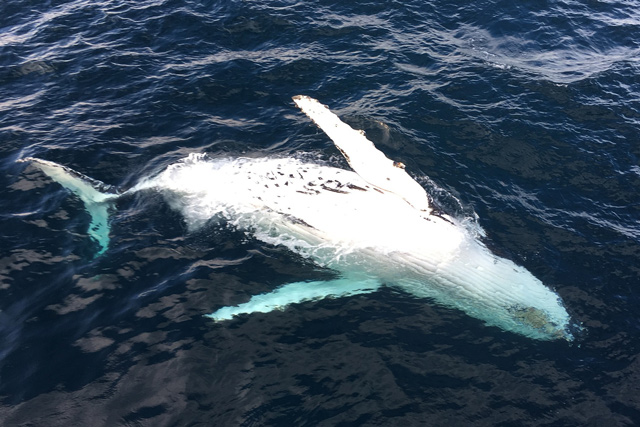I have to admit that this blog post was a very difficult one to write. But, it’s an important topic to hit on, considering the importance of bringing about awareness. Whales are some of the most incredible creatures on Earth. And, years ago on a vacation to Maui, I’ve been lucky enough to see them thriving in Maui’s waters. In fact, Maui has a dark past concerning whales. But, Maui’s dreadful past has been turned into an inspiring success story.
However, their survival isn’t guaranteed. Threats to whales come in many forms, from ocean pollution effects to climate change, and understanding these threats is the first step toward helping them.
Key Takeaways
- Warming oceans disrupt the food chain, forcing whales to travel further for food as their prey migrates to cooler waters.
- Human activities like shipping and oil drilling create underwater noise that interferes with whale communication, navigation, and feeding.
- Collisions with ships are a major cause of injury and death for whales, particularly for species like the North Atlantic right whale.
- Whales can become entangled in fishing gear, leading to injuries, exhaustion, and even drowning.
- Plastic ingestion, chemical pollution, and oil spills pose serious threats to whale health and survival.
- Reducing plastic waste, supporting conservation organizations, choosing sustainable seafood, and raising awareness about whale conservation are crucial steps in protecting these magnificent creatures.
Climate Change and Whales
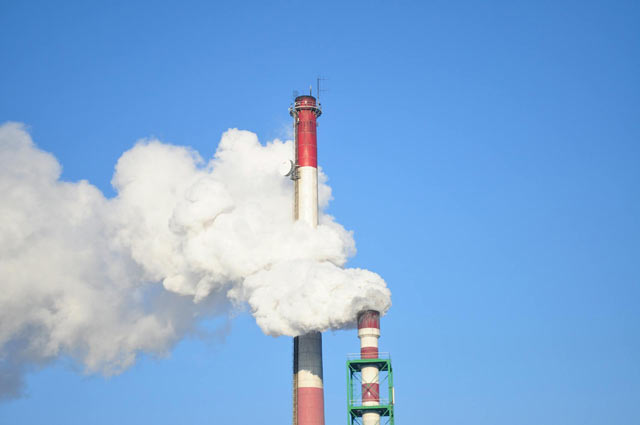
You might be wondering, how does climate change affect whales? Warming oceans are significantly disrupting the delicate balance of the marine ecosystem, impacting whales in several ways:
- Disrupted Food Chains: Rising water temperatures are causing shifts in the distribution and abundance of prey species. Tiny creatures like krill, a crucial food source for many whales, are particularly sensitive to temperature changes. As waters warm, krill populations may decline or shift their ranges, forcing whales to travel further to find food. This increased energy expenditure can strain their resources and reduce their overall health, adding to the existing threats to whales.
- Habitat Loss and Degradation: Melting sea ice due to climate change is shrinking the habitats of Arctic and Antarctic whales. This loss of ice can disrupt breeding and calving grounds, making it more challenging for these species to survive and reproduce, further increasing the threats to whales.
- Increased Extreme Weather Events: Climate change is intensifying extreme weather events such as storms and hurricanes. These events can disrupt feeding and migration patterns, and can even cause physical harm to whales, compounding the threats to whales.
- Ocean Acidification: As the ocean absorbs excess carbon dioxide from the atmosphere, it becomes more acidic. This ocean acidification can weaken the shells of tiny organisms that form the base of the marine food web, ultimately impacting the availability of food for whales.
These impacts of climate change pose significant threats to whale populations worldwide. As the planet continues to warm, it is crucial to implement effective mitigation and adaptation strategies to protect whales and the vital role they play in the ocean ecosystem.
Fun Fact!
A single humpback whale can eat the weight of a small car in food in one day. That’s up to up to 3,000 pounds!
Noise Pollution and Whales
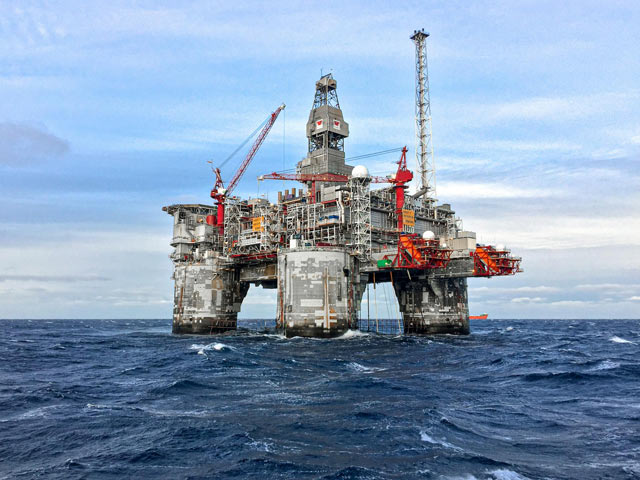
Whales are highly social animals that rely heavily on sound for their survival. In fact, their whale anatomy makes them exceptional at picking up sounds from their environment and other whales. They use a variety of sounds, including clicks, whistles, and songs, to communicate with each other, locate prey, navigate their vast ocean habitats, and maintain social bonds. Unfortunately, human activities are creating a cacophony of noise in the ocean, disrupting these vital acoustic behaviors and posing significant threats to whales.
Industrial shipping, with its constant rumble of engines and the pounding of propellers, is a major source of underwater noise. Oil and gas exploration, including seismic surveys that use powerful airguns to map the seafloor, generates intense and low-frequency sounds that can travel for hundreds of miles, further contributing to the noise pollution. Military sonar systems, designed to detect submarines, also produce powerful sounds that can disorient and injure whales.
This constant barrage of anthropogenic noise can have severe consequences for whales. It can mask the sounds of prey, making it difficult for them to find food. It can disrupt communication between individuals within a group, hindering their ability to coordinate hunting, mate, and care for their young. The intense and sudden sounds from sonar can cause whales to experience auditory trauma, leading to temporary or permanent hearing loss and even death.
Noise pollution is, indeed, one of the serious and growing threats to whales. Reducing human-generated noise in the ocean is crucial for their conservation and the health of the marine ecosystem as a whole. This can be achieved through a variety of measures, such as optimizing shipping routes, minimizing the use of seismic airguns, and implementing stricter regulations on the use of military sonar.
Pro Tip!
If you’re on a whale watching tour, choose companies that practice sustainable whale watching. Tours that keep noise levels low are better for the whales’ well-being.
Threats to Whales in the Form of Ship Strikes
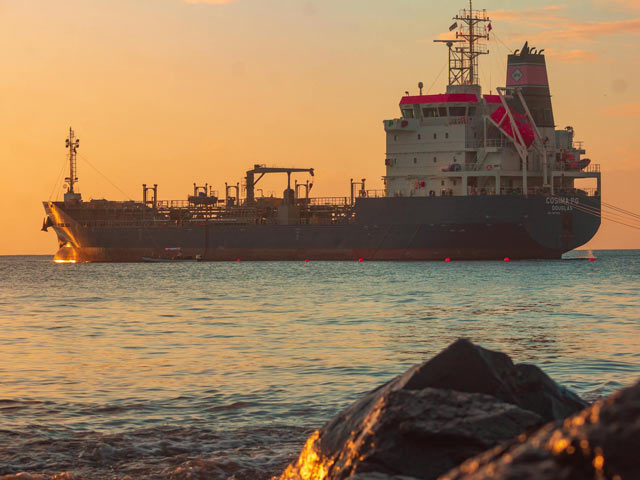
With the ever-increasing volume of global shipping, ship strikes have emerged as a significant and escalating threat to whales. These collisions, often occurring at or near the surface, can cause severe injuries or even mortality. Whales, particularly large baleen whales, frequently surface to breathe, rest, or feed, making them vulnerable to collisions with vessels.
The impact of ship strikes is particularly devastating for endangered whale species such as the North Atlantic right whale, which has a very small and declining population. These slow-moving whales often surface to feed near the surface, increasing their risk of collision.
To mitigate this risk, various measures have been implemented, including the establishment of “slow zones” in areas known to be frequented by whales. In these designated areas, ships are required to reduce their speed, significantly decreasing the likelihood and severity of collisions. While these measures have shown some success in decreasing the threats to whales, they are not always effectively enforced, and the risk of ship strikes remains a serious concern.
Furthermore, the increasing size and speed of modern vessels exacerbate the problem. As global trade continues to grow, the number and size of ships traversing the oceans are also increasing, further elevating the threats to whales from ship strikes.
Addressing this issue requires a multi-faceted approach. In addition to expanding and enforcing slow zones, measures such as improved vessel tracking and reporting systems, real-time whale sighting information sharing, and the development of advanced collision avoidance technologies are crucial.
Implementing these measures can reduce the risk of ship strikes and contribute to the long-term survival of whale populations.
Whales and Fishing Gear Entanglement

Fishing gear entanglement poses a significant and ongoing threat to whales. Whales, particularly large baleen whales, can become entangled in various fishing gear, including fishing lines, nets, and traps. These entanglements can have devastating consequences, causing severe injuries, restricting movement, hindering feeding, and even leading to drowning.
When a whale becomes entangled, it can struggle to swim, making it difficult to find food and escape predators. The gear can also cause deep lacerations and infections, severely impacting the whale’s health and well-being. Entanglement can also restrict a whale’s ability to breathe, leading to suffocation and ultimately death.
The impact of entanglement is particularly severe for long-lived whale species with slow reproductive rates. Even a single entanglement can have significant consequences for the long-term survival of these populations, further exacerbating the threats to whales.
Fortunately, efforts are underway to mitigate the risks of entanglement. Many organizations are actively working to develop and promote the use of “whale-safe” fishing gear. These innovations include the use of weaker lines that can break more easily when a whale becomes entangled, the development of acoustic deterrents to keep whales away from fishing gear, and the implementation of gear marking and tracking systems to improve accountability and facilitate gear retrieval.
Supporting these initiatives and advocating for the adoption of more sustainable fishing practices are crucial steps in reducing the threats to whales from entanglement and ensuring the long-term health of whale populations. By minimizing these entanglements, we can significantly improve the chances of survival for these magnificent creatures and mitigate one of the most pressing threats to whales today.
Ocean Pollution Effects
The ocean, the vast and interconnected life-sustaining system, is increasingly facing the devastating impacts of human activities. For whales, the ocean is not just a habitat; it’s their home. Unfortunately, human-generated pollution is posing significant threats to whales in numerous ways.
Plastic pollution has emerged as one of the most pressing threats to whales. Whales can accidentally ingest plastic debris, such as bags, bottles, and fishing gear, while feeding. This ingestion can cause internal injuries, blockages in their digestive systems, and ultimately lead to starvation and death.
Furthermore, chemical pollution is another major threat. Industrial waste, agricultural runoff, and other sources of pollution introduce harmful toxins into the marine environment. These toxins, such as heavy metals and persistent organic pollutants, can bioaccumulate in the tissues of marine organisms, including whales. As whales sit at the top of the marine food chain, they accumulate higher concentrations of these toxins, which can have detrimental effects on their health, including reproductive issues, weakened immune systems, and increased susceptibility to diseases.
Ocean pollution presents a multifaceted set of threats to whales. Addressing these challenges requires a concerted global effort to reduce plastic production and consumption, improve waste management practices, and minimize the release of harmful chemicals into the ocean. By protecting the health of our oceans, we can safeguard the future of these magnificent creatures and ensure the continued balance of our planet’s ecosystems.
Not so Fun Fact! 🙁
Scientists have found plastic debris as large as a basketball in the stomachs of some whales. Whales mistake these objects for food, like squid or jellyfish.
Whale Hunting Impact
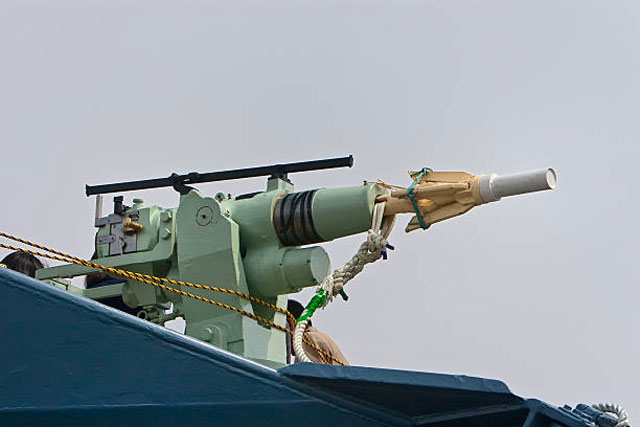
While commercial whaling has been significantly curtailed by international agreements, it still persists in some parts of the world. The continued hunting of whales for their meat and oil poses a significant threat to whales, particularly for endangered species.
Decades of conservation efforts have helped to recover some whale populations, but the ongoing impact of whaling continues to hinder recovery efforts. Even limited hunting can have a disproportionate impact on small and vulnerable populations, pushing some species closer to the brink of extinction.
The indiscriminate nature of some whaling practices further exacerbates the threats to whales. Traditional whaling methods often target specific species, but incidental catches of other marine mammals, including dolphins and porpoises, are not uncommon. These bycatches contribute to the overall decline of marine biodiversity and further compound the threats to whales.
Fortunately, there is a growing global movement towards whale conservation and sustainable alternatives to whaling. Whale watching, a form of eco-tourism, has emerged as a significant economic driver in many coastal communities, providing a sustainable and ethical way to appreciate these magnificent creatures. By supporting whale watching initiatives, we can generate revenue for local economies while simultaneously protecting whales from the threats to whales posed by hunting.
Furthermore, increased public awareness and advocacy efforts are crucial in combating the remaining threats to whales from whaling. Raising awareness about the plight of whales and supporting organizations dedicated to their conservation, could build a global movement to end whaling altogether and ensure the long-term survival of these incredible animals.
Pro Tip!
Pro Tip: When you go whale watching, your ticket helps fund whale conservation organizations. By choosing responsible tours, you’re contributing to efforts to protect marine life.
What We Can Do to Help
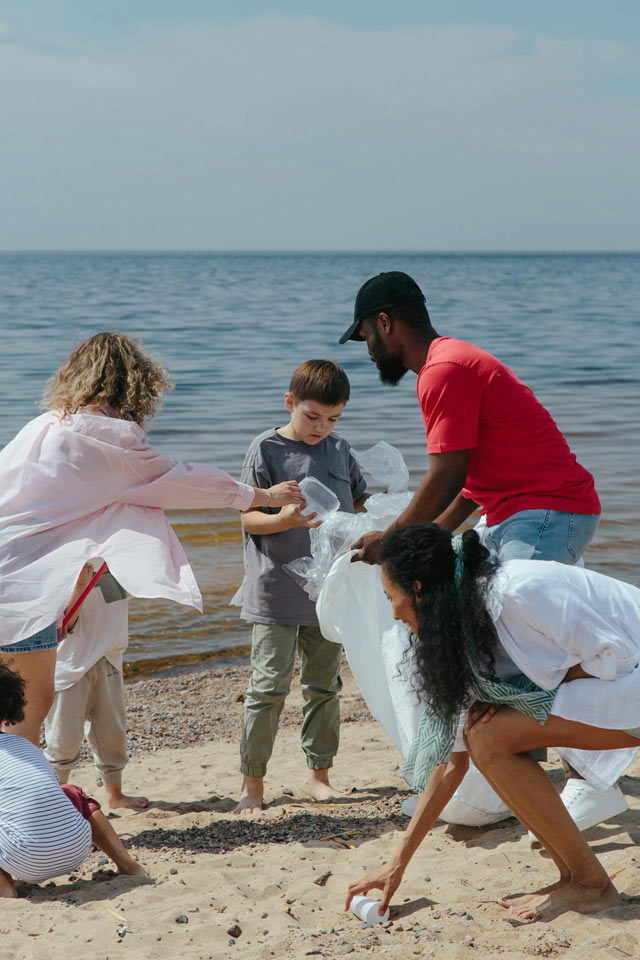
There’s still hope for the whales. Small actions add up, and each of us can make a difference:
- Reduce plastic waste by using reusable bottles, bags, and containers.
- Support protecting marine life organizations that fight for whale conservation.
- Choose sustainable seafood and encourage responsible fishing practices.
- Learn more about human impact on whales and share what you know with others.
Maui plays a role in whale conservation, too. By practicing eco-friendly whale watching, we can help make sure this incredible destination remains a safe place without any threats to whales.
Together, We Can Protect Whales
Whales face many challenges, but I believe there’s always room for hope. By learning about the threats to whales and making small, thoughtful choices, we can ensure these magnificent animals continue to thrive. Maui’s waters are a reminder of what we’re working to protect—and why it’s so important.

